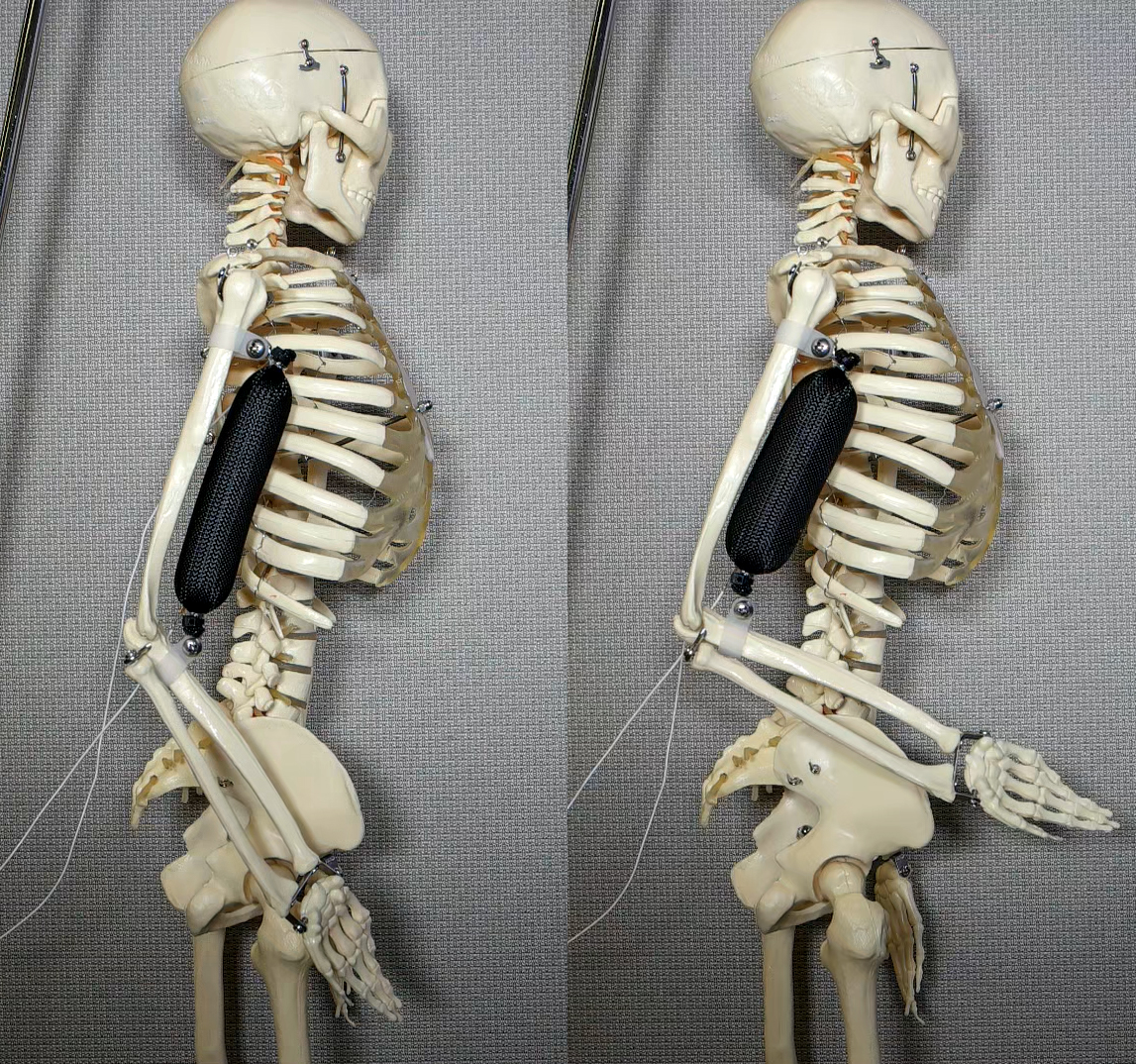3D-Printable Synthetic Soft Muscle Brings Us Closer to Lifelike Robots
Researchers at Columbia University have developed a 3D-printable synthetic soft muscle – a breakthrough that opens the door to the development of lifelike robots.
The 3D-printable synthetic soft muscle developed by the Columbia University researchers can expand without the need of external compressor or high voltage equipment as previous robotic muscles required.
Previous robotic muscles used pneumatic or hydraulic inflation of elastomer skins that expand when liquid or air is supplied to them. The use of external compressor or high voltage equipment to expand previous robotic muscles held back the creation of miniature lifelike robots and robots that can move and work independently.

“We’ve been making great strides toward making robots minds, but robot bodies are still primitive,” Hod Lipson, co-developer of the 3D-printable synthetic soft muscle, said in a statement. “This is a big piece of the puzzle and, like biology, the new actuator can be shaped and reshaped a thousand ways. We’ve overcome one of the final barriers to making lifelike robots.”
Co-developer of the synthetic soft muscle Aslan Miriyev used a unique solution – silicone rubber matrix with ethanol distributed throughout in micro-bubbles, making the development of future lifelike robots easy to fabricate, made of environmentally safe materials and low cost. The newly developed synthetic soft muscle is 15 times bigger than natural muscle, and can lift 1,000 times its own weight.
After the synthetic soft muscle is 3D-printed into the desired shape, the artificial muscle is capable of expansion up to 900% when electrically heated to 80°C using an embedded thin low-power (8V) and resistive wire.
“Our soft functional material may serve as robust soft muscle, possibly revolutionizing the way that soft robotic solutions are engineered today,” said Miriyev. “It can push, pull, bend, twist, and lift weight. It’s the closest artificial material equivalent we have to a natural muscle.”
The researchers plan to replace the embedded wire with conductive materials to fast-tract the muscle’s response time and to increase its shelf life. The long-term goal of the researchers is to integrate artificial intelligence to learn to control the muscle – the last milestone towards replicating the natural movements of humans.
